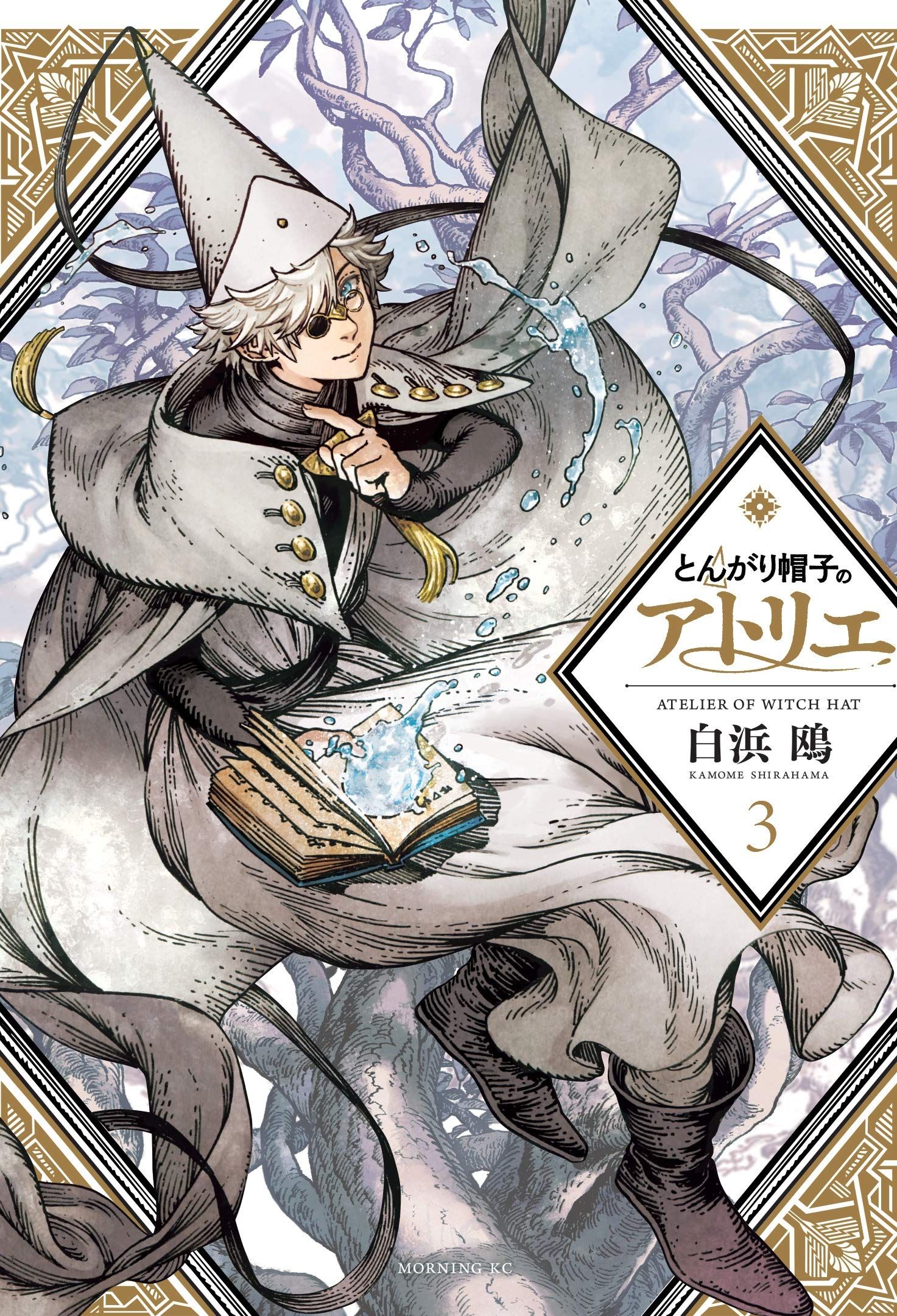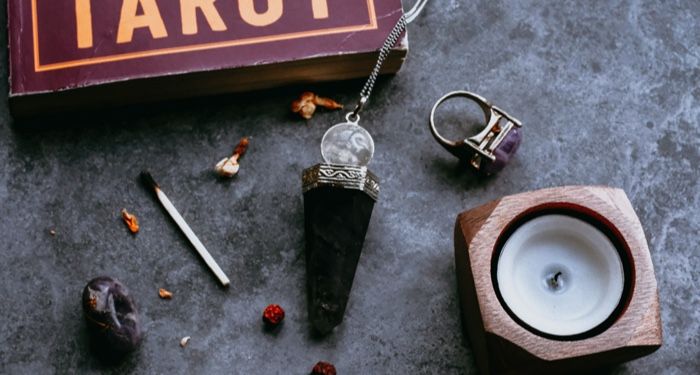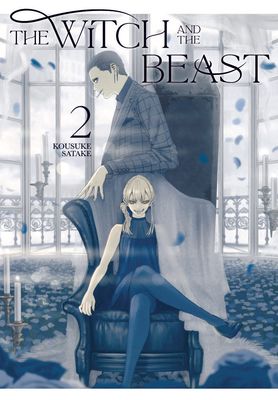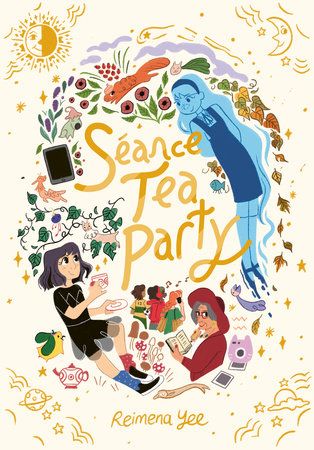Witches, like so many archetypes, change with the times. Beyond the ability to use magic and the ability to predict the most absolutely extra trends in haberdashery, witches have been everything from the world’s boogeyperson (religiously, economically, socially) to sexy halloween costume (along with werewolves and like, cheeseburgers), to cute, kawaii chibis.
They’ve also been major players in comics since the dawn of the medium, sometimes as villains, sometimes as heroes, sometimes as my favorite brand of morally ambiguous or “I am who I am” characters who do their own thing, wave their beautiful freak flags, and turn the true baddies into toads.
My favorites? Of course. I’m sure you know by now I have opinions.
Phanora from The Witch and the Beast
The Witch and the Beast Vol. 2 by Kousuke Satake
I’ve written a lot about how much I love Ashaf and Guideau, the main characters of this fantastic fantasy-horror manga, but I haven’t had as the opportunity to make as much noise about their colleagues, Phanora and Johan, the stars of Vol. 2’s side quest into necromancy and resurrection.
Though the Order of Magical Resonance claims that witches are evil and must be hunted and contained, they do, as is so often the case, recognize exceptions. Phanora, a powerful necromancer and resurrections is one such. Necromancy, in the world of The Witch and the Beast, isn’t forbidden but it is highly regulated, so when Ashaf and Guideau stumble on a case that involves unlicensed and uncontrolled undead, they call in the expert and her assistant.
And I so very much hope they have occasion to do so again, because Phanora is absolutely fantastic. Small, delicate, and beautiful, she is terrifyingly powerful, able to handle hungry ghosts the way most people make toast. She is smart, surprising, and absolutely ruthless. She has a moral code but it is most certainly her own, and she gives zero fucks about what anyone else thinks about it. She is not, however, one dimensional. She cares about the people from whom she is responsible, the people to whom she is close, the people she counts as family and you’d best not do those people any damage.
There are times adding characters to an already complex stories makes them more confusing, muddles them. Not so here. I’m hoping Satake continues to populate this universe with fascinating people and expanded story lines.
Yuko from xxxHolic
xxxHolic by Clamp
Yûko is a “space-time” witch. What does that mean exactly? Well, first of all it means her wardrobe comes from anywhere and everywhere and I want it; never has a witch, or any other comics character for that matter, looked so fantastic every time she makes an appearance.
It also means Yûko bears the weight of multiple worlds and it’s not a weight she can relinquish, not a responsibility she can hand off to someone else. It means that she has to choose between a life she loves and the lives of people she adores. It means that she has to live behind the construct of a carefully cultivated facade and lead a young man whose future she knows will devastate him toward an understanding that he is worth the sacrifices make for him only to disregard the sacrifices he has made for her.
It’s a sad story but it’s also a beautiful one, as the stories of witches so often are. As the stories of women so often are.
Lora from Seance Tea Party
Séance Tea Party from Reimena Yee
Lora, like so many creative folx (looks around, whistling innocently), lives very much in her imagination, something her friends, who are desperate to move on to more “grown-up things,” are no longer interested in doing. Imagination, as we all know, is a powerful tool, but Lora doesn’t realize quite how powerful until she actually summons a ghost during one of her séance tea parties.
Lora quickly realizes that the ghost, Alexa, is actually a friend from her past — her old imaginary friend — someone from her younger years, someone who knows her as a kid and isn’t in a rush for her to move on. But what happens when Lora is ready to grow? What does that mean for Alexa and their bond? What happens when it’s time for young witches to grow up?
Quifrey from Witch Hat Atelier

Witch Hat Atelier by Kamome Shirahama
I think we can all agree it’s time to boot the brain child of she-who-must-not-be-named and find new witch houses to sort ourselves into. I, for one, highly recommend Kamome Shirahama’s Ateliers. The witches — called witches regardless of gender — are gathered by their instructions when they’re ready, and brought to their various houses to keep them out of danger (I mean, that doesn’t happen, what kind of story would that be but the intentions are good). Bullies are reprimanded, most of the children are lovely, no one’s parents pull any economic rank bullshit, the Ateliers work together, and the headmaster and teacher are one and the same.
Also, please note Quifrey’s clothes. While the majority of witches are female presenting, there are a good number who are male presenting and everyone’s robes and pants and shoes are extremely nonbinary. It can be done.
Reading was already magical. These witches make it even more so. Join me in applauding them. And running away to wave wands and make fireworks.
More of my favorite comics character roundups:
3 of My Favorite Demons in Comics
4 of My Favorite Kids in Manga
3 of My Favorite Single Moms in Manga
4 of My Favorite Single Dads in Manga



